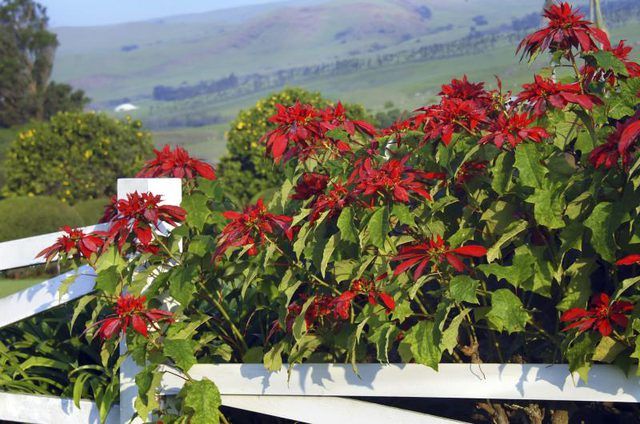Bulbs
Flower Basics
Flower Beds & Specialty Gardens
Flower Garden
Garden Furniture
Garden Gnomes
Garden Seeds
Garden Sheds
Garden Statues
Garden Tools & Supplies
Gardening Basics
Green & Organic
Groundcovers & Vines
Growing Annuals
Growing Basil
Growing Beans
Growing Berries
Growing Blueberries
Growing Cactus
Growing Corn
Growing Cotton
Growing Edibles
Growing Flowers
Growing Garlic
Growing Grapes
Growing Grass
Growing Herbs
Growing Jasmine
Growing Mint
Growing Mushrooms
Orchids
Growing Peanuts
Growing Perennials
Growing Plants
Growing Rosemary
Growing Roses
Growing Strawberries
Growing Sunflowers
Growing Thyme
Growing Tomatoes
Growing Tulips
Growing Vegetables
Herb Basics
Herb Garden
Indoor Growing
Landscaping Basics
Landscaping Patios
Landscaping Plants
Landscaping Shrubs
Landscaping Trees
Landscaping Walks & Pathways
Lawn Basics
Lawn Maintenance
Lawn Mowers
Lawn Ornaments
Lawn Planting
Lawn Tools
Outdoor Growing
Overall Landscape Planning
Pests, Weeds & Problems
Plant Basics
Rock Garden
Rose Garden
Shrubs
Soil
Specialty Gardens
Trees
Vegetable Garden
Yard Maintenance
How to Transplant a Poinsettia to Your Garden
How to Transplant a Poinsettia to Your Garden. A poinsettia (Euphorbia pulcherrima) will grow into a large shrub if transplanted outdoors in warm areas of the U.S. Traditionally grown as a pot plant, poinsettia is hardy outdoors in U.S. Department of Agriculture plant hardiness zones 9 through 11, and over time grows 3 to 10 feet tall and 3 to 7...

A poinsettia (Euphorbia pulcherrima) will grow into a large shrub if transplanted outdoors in warm areas of the U.S. Traditionally grown as a pot plant, poinsettia is hardy outdoors in U.S. Department of Agriculture plant hardiness zones 9 through 11, and over time grows 3 to 10 feet tall and 3 to 7 feet wide. But for a repeat performance of its brilliant red holiday display, poinsettia must experience long hours of uninterrupted darkness at night during fall and winter.
Preparing for Transplanting
Spring is the best time for transplanting a poinsettia into the garden, after preparing the plant. As the bright red bracts fade, water the poinsettia when the soil surface is dry to a depth of 1/2 inch, and don't apply fertilizer. Bracts are the modified leaves that give poinsettia its red coloring. Prune the stems when the bracts turn muddy green. Wipe the pruning shear blades with a cloth dipped in rubbing alcohol, and prune the stems to 4 to 6 inches long. Sterilize the pruning shears again when you've finished. Wear gloves when you prune because the sap can irritate your skin. Fertilize the poinsettia with a balanced fertilizer for houseplants, such as a 12-4-8 liquid product diluted at a rate of 1 teaspoon per 1 gallon of water, or according to the manufacturer's instructions. Apply the fertilizer every two weeks. When all danger of frost has passed, place the poinsettia in its pot outdoors, in a warm, partially shady spot sheltered from wind.
Selecting a Site
A full-sun site with moist, acidic soil provides the right growing conditions for a poinsettia. When the poinsettia has been outdoors for two weeks or longer, it will have adjusted to outdoor light levels and temperatures and be ready for transplanting into the garden. This shrub prefers a soil pH between 5.5 and 6.5, but also grows well in soils with a pH of 5.0 to 7.0. Select a site that isn't exposed to artificial lighting at night if you're growing poinsettia for its bright red bracts. Poinsettia doesn't survive winter in USDA zones 8 and lower.
Transplanting a Poinsettia
The hole for a poinsettia should be wider and deeper than the root ball of the plant. Dig a hole 1 foot wider and 6 inches deeper than the pot containing the poinsettia. Break up the soil if it's lumpy, and refill the hole so that the surface of the soil in the container will be level with the surrounding ground. Gently slide the plant out of its pot, avoiding pulling on it. Take extra care with the stems because they can be fragile and brittle. If the poinsettia doesn't slide out, tap the edge of the pot on the ground to loosen the soil. Place the poinsettia in the hole and fill in the gaps with dug soil. Gently firm the ground. Water the poinsettia with a garden hose and soft spray attachment, until water begins to puddle.
Caring for a Poinsettia Outdoors
Watering and fertilizing a newly planted poinsettia helps the shrub establish well. Spread a 2-inch layer of organic mulch, such as shredded bark or leaf mold, over the planted area to help conserve soil moisture. Fertilize the poinsettia with a high-nitrogen product, such as a 12-4-8 liquid fertilizer diluted at a rate of 4 teaspoons per 2 gallons of water. Apply the fertilizer solution every one to two weeks while the poinsettia is actively growing. Manufacturer's instructions may vary, so read and follow the product label. Poinsettia doesn't tolerate drought. Water the shrub when the soil surface is dry, but don't apply so much water that the ground becomes soggy.